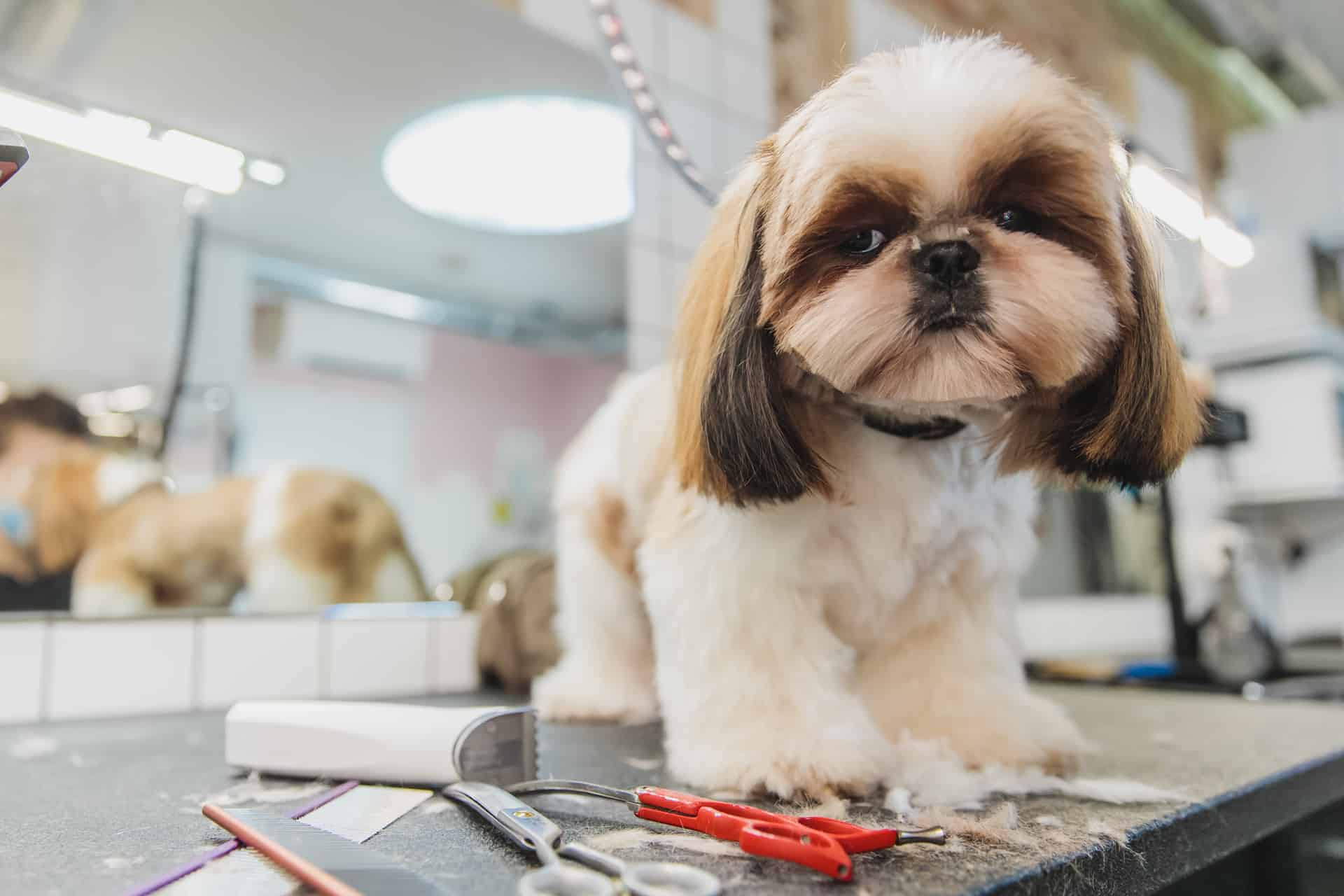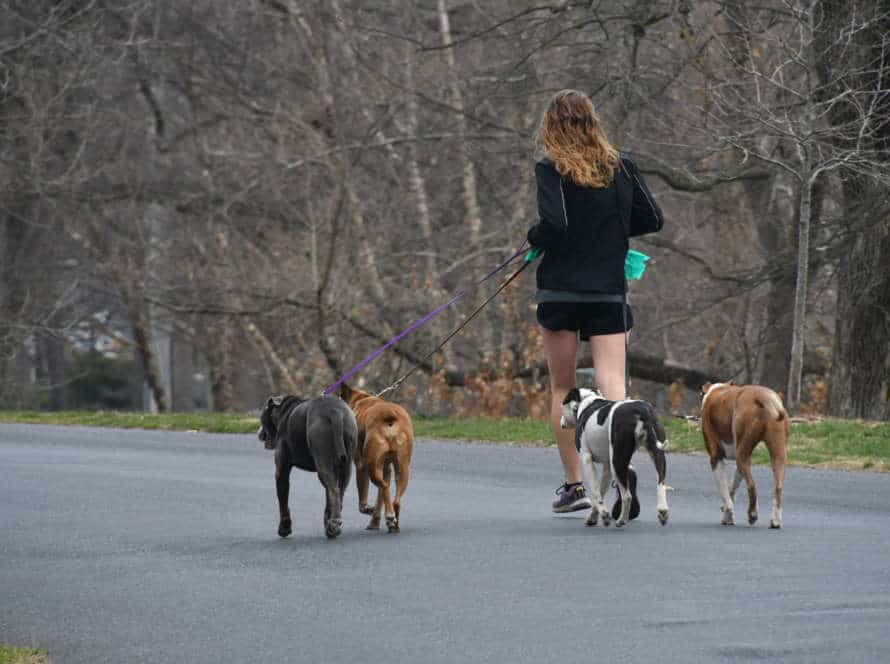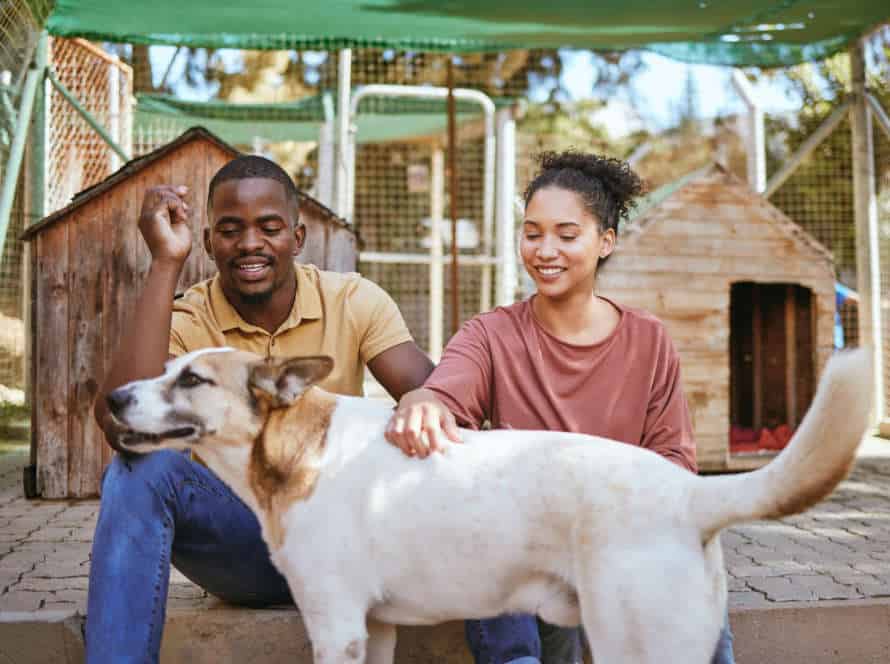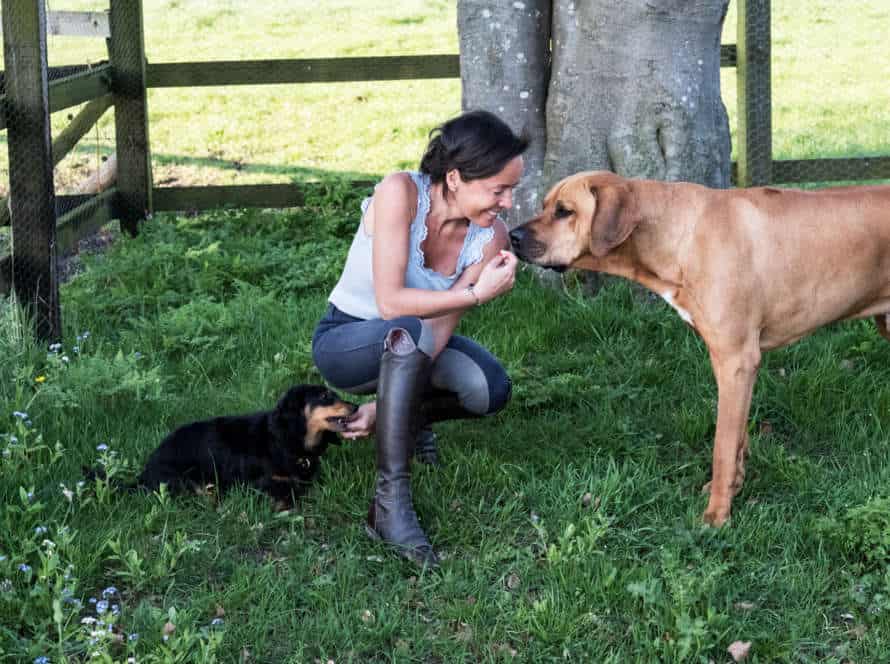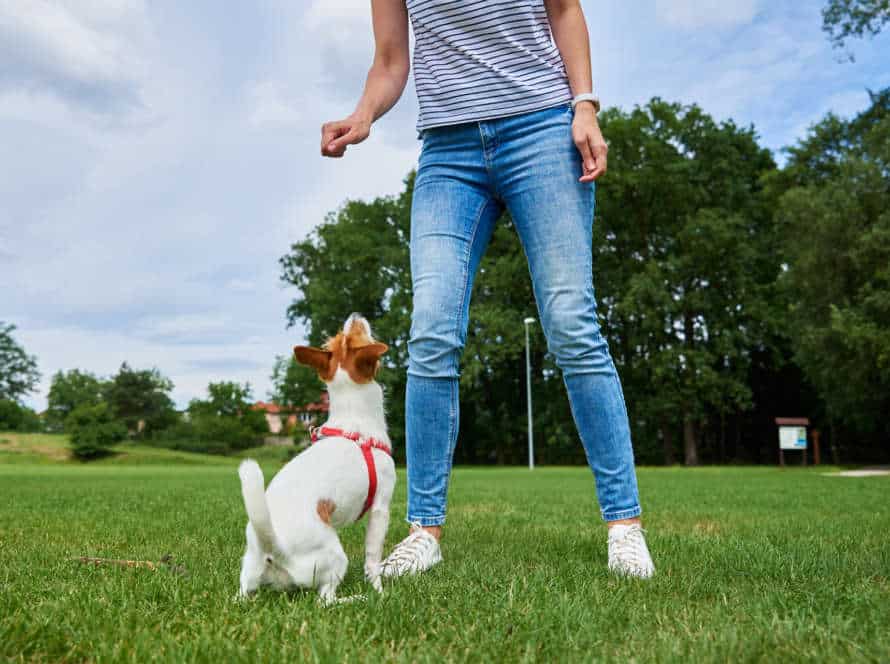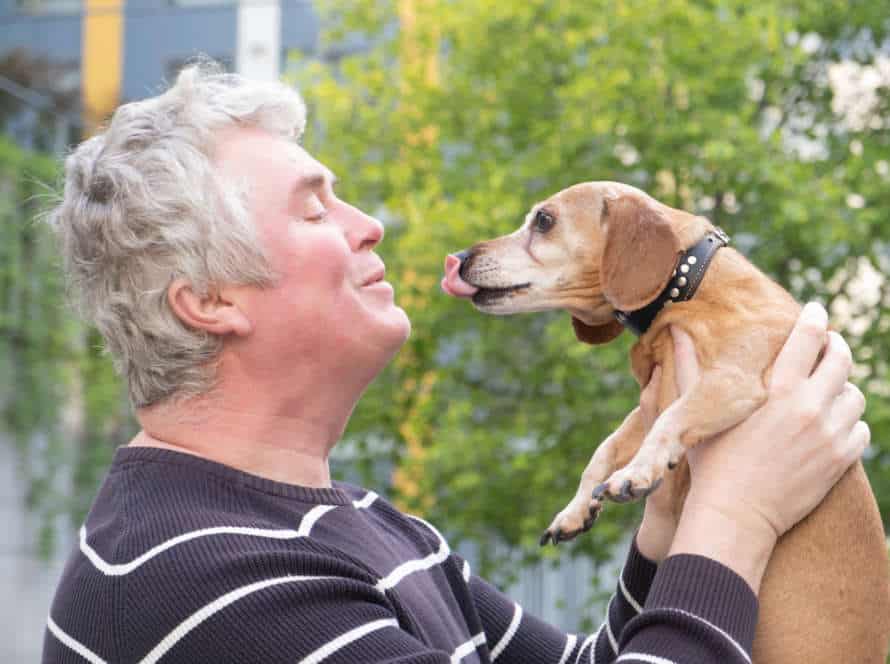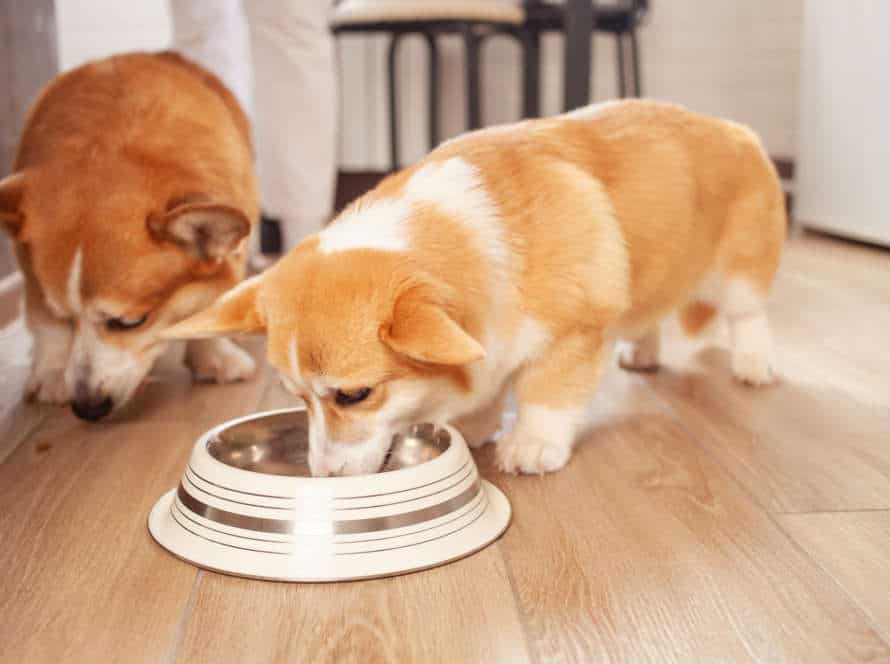Essential Grooming Tips for a Happy, Healthy Puppy
Grooming your pup not only keeps them clean and healthy, but it also strengthens the bond between you and your furry pal. Here are some must-know grooming tips to make your puppy feel great:
- Brushing: Regularly brush their coat to remove loose hairs, avoid matting, and spread their skin oils.
- Bathing: Give them a bath every 3 months, or more often if they get dirty or smelly. Use a gentle dog shampoo and rinse well.
- Nail Trimming: Long nails can be painful and hard for them to walk on. Trim their nails every 3-4 weeks.
- Dental Care: Brush their teeth daily to keep plaque away, prevent gum disease, and keep bad breath away.
- Ear Cleaning: Check their ears often and clean gently with a damp cloth or cotton ball.
Pro Tip: Make grooming a fun activity for your pup with treats, praise, and lots of love!
Bathing and Brushing
Brushing and bathing your puppy are key to its good grooming. A brush is great for getting rid of any loose fur and keeping their coat healthy and glossy. Bathing is a must for keeping pup’s skin and fur clean. Make sure you use the correct products for their age and breed. Here are the top ways to keep your pup’s coat clean and healthy with bathing and brushing:
How Often to Bathe a Puppy
Bathing and brushing are essential for keeping your pup healthy and happy. But, how often you should bathe them varies based on breed, coat type, and activity level. Here’s what to remember: Too much bathing can dry their skin and coat, leading to discomfort. If they’re normal, don’t bathe more than once a month. If they have skin issues or if they’re very smelly or dirty, bathe more often – but consult your vet first. Brushing regularly helps distribute natural oils, preventing matting and tangles. Short-haired breeds may only need to be brushed once a week, while long-haired breeds may need daily grooming.
When you bathe your puppy, use a mild, dog-specific shampoo and warm water. Rinse thoroughly and dry them off with a towel or blow dryer on low heat. Grooming and bathing regularly keeps your pup looking and feeling their best.
How to Bathe and Shampoo a Puppy
Bathing a pup may seem easy, but there are a few grooming tips every pet owner should know. Here’s what to do:
- Get all the supplies needed – shampoo, towels, a brush, and a non-slip mat.
- Brush the fur to get rid of knots and tangles before getting them wet.
- Use lukewarm water to wet the coat – avoiding eyes, ears, and nose.
- Lather up the shampoo and massage it into the fur – away from the face and ears.
- Rinse thoroughly with lukewarm water and use a towel to dry the puppy.
Remember to give lots of love and positive reinforcement throughout the process to keep them calm and content.
Brushing Techniques for Different Coat Types
Brushing your pup is key to keeping them healthy and happy. Different coat types require different brushing strategies. Here’s how:
- Short-haired coats: Use a soft bristle brush to get rid of loose hair and dirt. Then, a rubber grooming mitt to massage and improve circulation.
- Double coats: Slicker brush first to remove loose fur and stop matting. Then, a metal comb for any tangles left.
- Curly coats: Pin brush for tangles and mats. Follow up with a slicker brush to clean and improve texture.
- Long-haired coats: Slicker brush first, then a metal comb for any remaining tangles or mats.
Don’t forget to brush your pup once a week and bathe them every few months. Keeps their coat clean and happy!
Nail Care and Dental Hygiene
Grooming your pup is an absolute must for a cheerful and healthy pup. Nail care should be included in their routine – it’s vital for their well-being and protection. Also, keeping your pup’s teeth clean is essential for their overall health.
Let’s check out some advice for trimming their nails and cleaning their teeth.
Clipping a Puppy’s Nails
Clipping a pup’s nails is an important grooming practice and key to their health and happiness. Here are some tips to make the process simpler and more secure for both you and your four-legged pal:
- Get your puppy used to paw and nail handling from a young age.
- Pick the correct size of nail clippers for your pup’s size and breed.
- Hold your puppy’s paw delicately yet firmly and use the clippers to trim the tip of the nail. Avoid the quick – the blood vessel running through the nail.
- If you cut the quick, apply styptic powder or cornstarch to stop the bleeding.
- Be patient, take breaks if needed, and reward with treats or praise.
Regular nail care and oral care are essential for your puppy’s health and well-being. Always reach out to your vet if you have questions or worries. Pro tip: If your pup still resists having their nails clipped, use a nail file or grinder instead of clippers for a gentler approach.
How to Clean Your Puppy’s Teeth and Gums
Brushing your pup’s teeth and gums is key for their dental hygiene. Here’s the steps to do it right:
- Get a toothbrush and toothpaste meant for dogs.
- Let your pup lick and taste it to get comfortable.
- Gently lift their lip and brush the front teeth in a circular motion.
- Put extra focus on the back teeth; tartar and plaque are likely to occur there.
- Use your fingers to massage the gums to improve blood flow and health.
- Reward them with a treat after every session.
Consistent brushing and dental care will keep your pup healthy and happy. Don’t forget to trim their nails regularly too.
Pro tip: Start dental hygiene training early and make it a part of their grooming routine.
Dental Chews and Treats
Dental chews and treats can be not just yummy snacks for your pooch, but also help with dental hygiene. These make it easy to keep your pup’s oral care up-to-date.
Here are some benefits of dental chews and treats for your pup:
- Reducing tartar and plaque: Chews and treats scrub the teeth as the dog chews, which helps reduce tartar and plaque.
- Freshening breath: Chews and treats with mint, parsley, and other breath-freshening agents can be useful for fresh breath.
- Lowering risk of gum disease: Using chews and treats regularly prevents gum disease and supports healthy teeth.
It’s important to pick the right dental chews and treats so they don’t damage teeth or cause ingestion problems.
Pro Tip: Talk to your vet to find the best chews and treats for your pup, based on their age, breed, and size.
Ear and Eye Care
A pup’s peepers and lugs need exclusive care to remain in tip-top shape. Consistent ear and eye upkeep will keep your pooch clean, cozy, and infection-free. We’ll look at how to groom your pup’s ears and eyes the right way. Including ear cleaning, warding off ear infections, and the importance of eye exams.
How to Clean a Puppy’s Ears
Cleaning a pup’s ears is vital for their grooming. Follow these steps to keep them healthy and content:
- Gather supplies – cotton balls/pads and vet-approved ear cleaning solution.
- Hold pup in comfy spot, carefully lift ear flap.
- Moisten cotton ball/pad with cleaning solution, wipe outside flap and inside ear. Don’t go too deep.
- Same steps for other ear.
- Dry ears with clean cloth to avoid moisture build-up.
It’s important to consult your vet before attempting to clean pup’s ears. Ensure the right cleaning solution and technique for pup’s needs.
How to Check for Ear Infections
Ear infections are common in dogs. Early detection & treatment can help stop serious health issues. Here are some tips to check if your pup has one:
- Look for clear discharge or a bad smell coming from their ears.
- Examine the ear canal for redness or swelling. Healthy ears should have neither.
- Observe their behavior. Scratching, rubbing, or shaking of the head may show discomfort or pain.
If you spot any symptoms, take your pet to a vet for an exam, diagnosis & treatment. Ear infections can be caused by bacteria, allergies, or other health issues. To make sure your pup is happy & healthy, manage the root of the problem.
Eye Cleaning and Tear Stain Removal
Eye-cleaning and tear stain removal is key for pup’s grooming. Here are some tips:
- Use a clean & damp cotton ball to wipe away any discharge or dirt from their eyes.
- Be gentle & don’t press too hard or touch their eyeballs.
- To remove tear stains, mix equal parts of water & hydrogen peroxide.
- Soak a cotton ball in the solution & wipe the stained area, not their eyes.
- Finish by wiping the area with a fresh cotton ball.
Regular eye-cleaning & tear stain removal prevents infections & keeps pup’s eyes healthy!
Coat Care
Grooming your pup? It’s essential! Regular brushing gets rid of tangles and dirt. Plus, it spreads natural oils for a shiny, healthy coat. But, make sure you choose the right brush. And brush correctly. Let’s dive into coat care!
Trimming and Shaving Techniques
Trimming and shaving are grooming musts for all pet owners. To keep your pup healthy and happy, use these techniques:
- Trimming: Use scissor-like clippers to cut the hair on your pup’s coat. This is great for dogs with long, thick fur. It needs regular attention to stop matting and tangling.
- Shaving: This should only be done if the fur is matted and overgrown. Use a #10 blade clipper and go with the fur’s direction to avoid razor burn and cuts.
Don’t forget to brush your pup’s coat. This will prevent matting, shedding, and skin infections. Grooming is key for your pup’s health, comfort, and appearance.
How to Handle Mats and Tangles
Dealing with mats and tangles can be a pain when it comes to grooming your pup. Here are some tips to help you manage them:
- Use a slicker brush. Start from the fur’s base and move up gradually.
- If the tangles are tough, use a dematting brush or comb. Be careful, though – it can hurt the fur.
- Spraying or conditioning the fur can make brushing simpler and take out tangles without hurting your pup’s coat.
- Regular brushing is essential to stop mats and tangles. Brush daily, especially if they have long hair.
Pro Tip: To avoid mats and tangles, trim hair around delicate areas such as the ears, paws and genitals. Also, use a harness instead of a collar to stop matting around the neck.
Best Products for Coat Health
Want to keep your pup’s coat healthy? Here are the best products to help:
- Shampoo and conditioner made just for puppies. They’re gentle and won’t cause irritation or dryness.
- Get the right grooming brush for your pup’s coat type – like a slicker brush for long-haired breeds.
- Give your pup nutritional supplements with Omega-3 fatty acids, biotin, and more.
- High-quality dog food for the essential nutrients for their skin and coat.
These tools and products will help keep your pup’s coat healthy!
Paw and Skin Care
Healthy paws and skin? Essential for a happy, healthy pup! It’s vital to take care of the pup’s paws. They touch the ground first and can get bacteria and germs. Regular paw care is necessary to protect your pup from infections or illnesses. Skin care is also important to keep the pup’s coat looking good.
Let’s check out these grooming tips!
Proper Paw Care
Your pup’s health and happiness depend on proper paw care. Here are some tips to keep their paws and skin healthy.
- Clean paws regularly. Remove dirt, allergens and debris between toes. Trim fur and nails.
- Moisturize their paw pads with a balm or coconut oil.
- Watch out for signs of irritation like cuts, sores, or redness.
- Bathe pup once a month with dog-specific shampoo.
- And always reward them after a grooming session. Praise, cuddles, or treats!
Skin Irritation and Paw Pad Protection
Protect your pup’s paws and skin with these tips! Hot pavement can cause burns, so provide booties or keep ’em indoors during hot weather. In cold weather, snow and ice can cause cracked pads, so again, booties are a must. To soothe dry and cracked pads, use paw balm, coconut oil, or a pet-friendly ointment. Use mild, dog-friendly shampoos and conditioners when bathing. For fur, regular grooming prevents mats and tangles which can cause skin irritations. Plus, it’ll alert you to any lumps, bumps, or skin irritations. Keep your pooch happy and healthy with these paw and skin care tips!
Insight into Common Skin Conditions
As a pup parent, it’s vital to recognize the typical skin problems that can influence your fur-baby and the important grooming tips to keep them content and well.
Some popular skin conditions that pups may experience are hot spots, itchy/dry skin, and allergies. To evade these issues, it’s key to groom your pup consistently, including brushing their fur, cleaning their ears, and clipping their nails.
Here are some essential grooming tips for a content, healthy pup:
- Brush your pup’s coat every day with a brush fit for their fur type, and bath them every few weeks with a shampoo meant for pups, without drying out the skin.
- Clean your pup’s ears once a week with a dog ear cleaning solution and cotton balls.
- Trim your pup’s nails every couple of weeks or when they start to touch the floor when they walk to prevent pain and harm.
Giving your pup regular grooming and observing the signs of skin conditions can help them stay healthy and joyous.
Behavioral Grooming Tips
Grooming isn’t just about appearances. It’s also about helping your pup have a great life! Behavioral grooming tips are a great way to make sure your puppy is happy and healthy. Teach ’em basic commands. Give them appropriate chew toys. And provide plenty of exercise and playtime. These essential tips will help your pup become your furry best friend.
Training Techniques for Grooming
It’s vital to use good training techniques for grooming your puppy. Remember these tips:
- Start early – give your puppy an early start with grooming.
- Positive reinforcement – use treats and petting to encourage cooperation.
- Step by step – introduce grooming tools gradually.
- Consistent – stick to the same grooming routine.
- Patience – be patient if your pup gets distressed.
These tips will help you groom your pup, making sure they are happy and fit. Pro tip: Reward them after each session to reinforce positive behavior.
Avoiding Common Grooming Mistakes
Grooming your puppy is key for their overall wellbeing and joy. But, it’s essential to dodge normal grooming blunders that can hurt your tiny, furry buddy.
Here are some necessary behavior grooming tips to keep in mind while grooming your puppy:
- Begin grooming your puppy at an early age to get them accustomed to the process.
- Utilize positive reinforcement such as treats and compliments during grooming sessions to form a positive connection.
- Don’t over-bathe your puppy as bathing too often can strip their skin of natural oils.
- Dodge using human grooming items on your puppy as they can be damaging.
- Brush your puppy’s teeth on a regular basis to stop dental issues.
Recall, grooming your puppy is not only about cleanliness but also about connecting with your furry mate. So take it slow and make it a positive experience for both of you.
Keeping Your Puppy Calm During Grooming Sessions
Grooming is key for pup hygiene. But, some puppies get anxious during these sessions. Here are some tips for better behavior:
- Start early. Introduce grooming to your pup as soon as possible.
- Positive reinforcement. Treats and praise during grooming will reward good behavior.
- Keep it short. Start with short sessions and then gradually increase the time.
- Stay chill. If you’re tense, your pup will be too.
- Take breaks. If pup gets antsy, pause and start again later.
Pro tip: Make grooming a positive experience. Connect it with play, snacks, and cuddles.
Frequently Asked Questions
1. How often should I bathe my puppy?
Bathing frequency varies depending on breed and activity level, but generally once a month should be sufficient. Over-bathing can strip your puppy’s coat of natural oils and lead to dry skin.
2. How often should I brush my puppy’s coat?
Brushing your puppy’s coat should be a daily routine to prevent mats and tangles, remove loose hair, and distribute natural oils for a healthy, shiny coat.
3. When should I start grooming my puppy?
You should start grooming your puppy as soon as possible to get them used to the process. Start with simple tasks like brushing and gentle handling of their paws and ears.
4. What type of brush should I use?
The type of brush you use depends on your puppy’s coat. Long-haired breeds require a slicker brush, while short-haired breeds usually need a bristle brush. Consult your veterinarian or groomer for recommendations.
5. Can I trim my puppy’s nails at home?
If you are comfortable with the process and have the proper tools, you can trim your puppy’s nails at home. However, it is always recommended to have a professional groomer or veterinarian do it to prevent any injuries to your puppy.
6. How can I keep my puppy’s teeth healthy?
Giving your puppy dental treats, regular teeth brushing with dog-specific toothpaste, and annual dental cleanings at the veterinarian can help prevent dental problems, such as gum disease and tooth decay.

